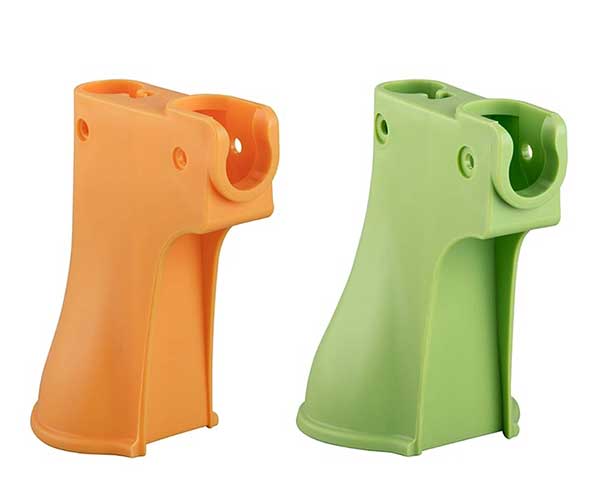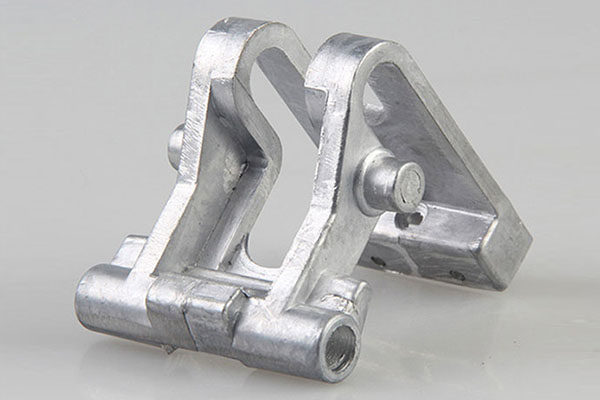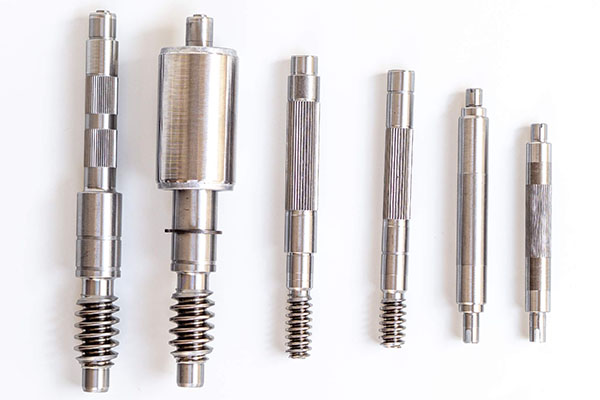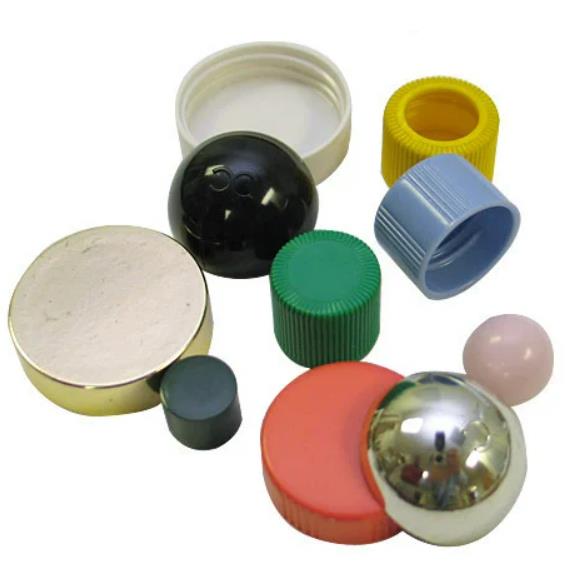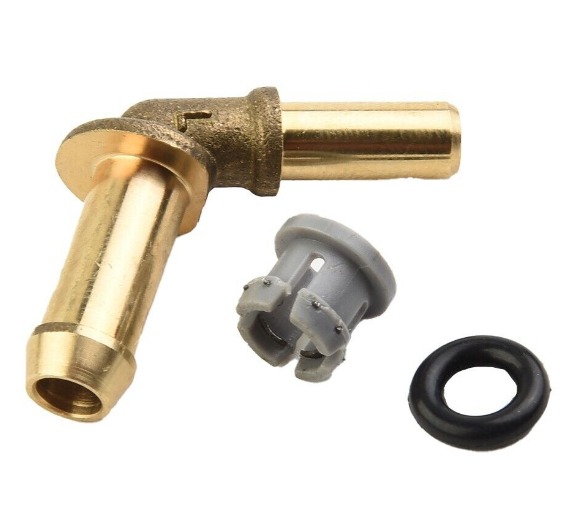Manufacturers across industries often struggle with materials that fail prematurely due to wear, corrosion, or poor conductivity. A metal part might rust within months in humid conditions, a tool could wear out after a few hundred uses, or an electronic connector might lose conductivity due to oxidation. These issues lead to costly replacements, production delays, and compromised product quality. This is where surface treatment electroplating emerges as a powerful solution. By depositing a thin layer of metal onto a substrate via electrochemical reactions, electroplating enhances a part’s durability, functionality, and appearance—solving the critical pain points of wear, corrosion, and performance loss. In this guide, we’ll explore how electroplating transforms material performance, its key types, processes, and how to leverage it for long-lasting, high-quality products.
Introduction to Electroplating
Electroplating is a precision surface treatment that uses electrical current to deposit a metal coating onto a substrate, improving its properties or appearance:
- Definition: Electroplating is an electrochemical process where metal ions in a solution are reduced and deposited onto a conductive surface (the cathode) when an electric current is applied. The process creates a thin, adherent layer of metal that bonds with the substrate, enhancing its properties.
- Historical background: The foundations of electroplating were laid in the early 19th century, with experiments by scientists like Luigi Brugnatelli and Michael Faraday. By the 1840s, commercial electroplating processes were developed, initially for decorative purposes like silver-plating cutlery. Today, it’s a cornerstone of modern manufacturing, used in industries from automotive to aerospace.
- Basic principles: Electroplating relies on electrolytic deposition: a substrate (cathode) and a metal source (anode) are immersed in an electrolyte solution containing metal ions. When direct current flows, metal ions from the anode or solution migrate to the cathode, forming a solid metal layer.
- Electrochemical reactions: At the anode, metal atoms oxidize and dissolve into the electrolyte as positive ions (e.g., Cu²⁺ for copper plating). At the cathode, these ions gain electrons (reduction) and deposit as metal atoms, forming a coating.
- Industrial significance: Electroplating is used in 80% of manufactured goods, from tiny electronic components to large automotive parts. It extends product life by 2-10x in corrosive environments and improves functionality—for example, turning a non-conductive plastic into a conductive part with copper plating.
Types of Electroplating
Electroplating offers a range of metal coatings, each tailored to specific applications based on their unique properties:
- Gold plating: Valued for its excellent conductivity, corrosion resistance, and tarnish resistance, gold plating is widely used in electronics (connectors, circuit boards) and jewelry. It’s often applied as a thin layer (0.5-5 μm) over nickel for cost-effectiveness.
- Silver plating: Offers high conductivity and a bright finish, making it ideal for electrical contacts, mirrors, and decorative items. However, it tarnishes over time, so it’s sometimes coated with a clear lacquer for protection.
- Copper plating: Known for its high conductivity and leveling properties, copper plating is used as a base layer in complex plating processes (e.g., under nickel or chromium). It fills small surface imperfections, ensuring a smooth final finish.
- Nickel plating: Provides excellent corrosion resistance and hardness (200-500 HV), making it a popular choice for automotive parts, tools, and medical devices. Electroless nickel plating (without an electric current) offers uniform coverage on complex shapes.
- Chromium plating: Delivers exceptional wear resistance and a hard, shiny finish (up to 1000 HV). Hard chrome plating is used for hydraulic cylinders and tooling, while decorative chrome (over nickel) adorns automotive trim and appliances.
- Zinc plating: A cost-effective choice for corrosion protection, zinc plating is applied to steel parts (e.g., fasteners, brackets). It forms a protective oxide layer, with options like zinc-nickel alloys for enhanced resistance in harsh environments.
- Tin plating: Used for its solderability and corrosion resistance, tin plating coats electrical components, food packaging (e.g., tin cans), and bearings. It’s non-toxic, making it suitable for medical and food-contact applications.
- Composite plating: Combines metals with particles (e.g., nickel with silicon carbide) to create coatings with enhanced properties—like increased wear resistance or reduced friction. These are used in high-performance applications such as aerospace components.
Properties of Electroplated Surfaces
The properties of electroplated surfaces are what make the process indispensable for enhancing material performance:
- Hardness: Electroplated coatings can significantly increase surface hardness. For example, hard chrome plating achieves 800-1000 HV, compared to 200-300 HV for untreated steel, drastically improving wear resistance.
- Corrosion resistance: Coatings like zinc, nickel, and gold act as a barrier, preventing the substrate from reacting with moisture, chemicals, or oxygen. Zinc-plated steel parts can withstand 500+ hours of salt spray testing (ASTM B117) without rusting, vs. 24-48 hours for uncoated steel.
- Wear resistance: Hard coatings like chromium or composite platings reduce abrasion and friction. A chrome-plated hydraulic cylinder can last 5-10x longer than an uncoated one in high-friction applications.
- Aesthetic appeal: Bright, uniform finishes from silver, chrome, or gold plating enhance visual appeal, critical for consumer goods, jewelry, and automotive trim. Plating can achieve mirror-like finishes (Ra <0.1 μm) with consistent color.
- Conductivity: Metals like copper, silver, and gold ensure excellent electrical conductivity, making plated parts essential for electronics. Gold-plated connectors maintain conductivity even after 10,000+ mating cycles.
- Adhesion: A strong bond between the plating and substrate is critical—poor adhesion leads to flaking. Proper pre-treatment ensures adhesion strengths of 10-50 MPa, tested via methods like the tape test (ASTM D3359) or bend tests.
- Thickness: Plating thickness ranges from 0.1 μm (decorative) to 100+ μm (hard chrome for wear). Uniform thickness (±10%) is achieved with proper process control, ensuring consistent performance across the part.
Applications of Electroplating
Electroplating finds applications across industries, solving unique challenges in each:
- Automotive industry: Chrome plating enhances the wear resistance of piston rings and cylinder walls, while zinc-nickel plating protects undercarriage parts from corrosion. Decorative chrome on trim adds both style and durability.
- Electronics: Copper plating ensures conductivity in printed circuit boards (PCBs), while gold plating on connectors prevents oxidation. Silver plating on switches and relays ensures reliable electrical contact.
- Aerospace: Nickel and chromium plating protect aircraft components (e.g., landing gear, engine parts) from corrosion and high-temperature wear. Gold plating on avionics ensures reliable performance in extreme environments.
- Medical devices: Nickel and chromium plating on surgical instruments provides corrosion resistance and ease of sterilization. Gold plating on implants (e.g., pacemaker components) ensures biocompatibility and longevity.
- Tooling and molds: Hard chrome plating on injection molds and dies reduces wear, extending tool life by 2-3x. It also improves release properties, reducing the need for mold release agents.
- Consumer goods: Silver-plated cutlery, chrome-plated faucets, and gold-plated jewelry all rely on electroplating for aesthetics and durability. Plating makes these items both functional and visually appealing.
Electroplating Process and Equipment
The electroplating process requires careful control of equipment and parameters to ensure high-quality coatings:
- Pre-treatment processes: Critical for adhesion, pre-treatment includes cleaning (to remove oils, dirt), etching (to roughen the surface), and activation (to prepare the surface for plating). For example, steel parts are often acid-etched to create a micro-rough surface that improves nickel adhesion.
- Electrolyte solutions: These are aqueous solutions containing metal salts (e.g., copper sulfate for copper plating) and additives to control plating rate, brightness, and uniformity. Solution pH, temperature, and concentration are tightly monitored.
- Plating tanks: Made of materials like PVC or polypropylene (resistant to chemicals), tanks hold the electrolyte. They range from small benchtop units for jewelry to large tanks (10+ meters) for automotive parts.
- Anodes: These are made of the plating metal (e.g., copper anodes for copper plating) or inert materials (e.g., graphite for chromium plating). They replenish metal ions in the solution as they dissolve.
- Cathodes: The substrate to be plated, connected to the negative terminal of the power supply. Proper racking or fixturing ensures uniform current distribution and coating thickness.
- Power supplies: DC rectifiers provide a controlled current (1-1000 A) and voltage (1-15 V). Current density (A/dm²) determines plating rate—higher densities increase speed but can affect coating quality.
- Agitation systems: Stirring or air sparging keeps the electrolyte uniform, preventing concentration gradients and ensuring even plating. This is critical for complex shapes with recesses or holes.
- Post-treatment processes: After plating, parts are rinsed to remove excess electrolyte, dried, and sometimes passivated (e.g., chromating zinc-plated parts) to enhance corrosion resistance. Final inspection ensures quality.
Maintenance and Quality Control in Electroplating
Proper maintenance and quality control are essential for consistent, high-quality electroplating results:
- Equipment maintenance: Regularly inspect plating tanks for leaks, anode condition, and agitation systems. Clean filters prevent particulate contamination, while calibration of power supplies ensures accurate current control.
- Solution maintenance: Monitor electrolyte composition (metal ion concentration, pH, additives) daily. Replenish chemicals as needed to maintain optimal plating conditions—for example, adding copper sulfate to a copper plating bath when concentration drops.
- Surface inspection: Visual checks for defects (flaking, pits, uneven color) are standard. Microscopic examination (100-500x) identifies issues like poor adhesion or rough texture.
- Thickness measurement: Use X-ray fluorescence (XRF) or magnetic induction to verify coating thickness. For example, automotive specs often require zinc plating to be 5-15 μm thick.
- Adhesion testing: The bend test (ASTM B571) or cross-cut test (ASTM D3359) checks if the plating adheres to the substrate. No flaking or peeling indicates good adhesion.
- Environmental compliance: Manage waste electrolytes and rinse water to meet regulations (e.g., EPA standards in the US). Treat heavy metal-containing waste to prevent environmental contamination.
- Safety protocols: Use PPE (gloves, goggles) when handling chemicals, ensure proper ventilation to avoid fume exposure, and train staff on electrical safety to prevent shocks.
Yigu Technology’s Perspective
As a leading custom manufacturing supplier in China, Yigu Technology leverages electroplating to enhance product performance for clients worldwide. We specialize in nickel, chromium, and zinc-nickel plating for automotive and industrial parts, ensuring corrosion resistance (up to 1000 hours salt spray) and wear resistance. Our strict quality control—including XRF thickness testing and adhesion checks—guarantees consistent results. Electroplating is a cost-effective way to extend part life, and we tailor processes to each client’s needs, whether for decorative finishes or high-performance tooling. For durable, high-quality components, electroplating remains unmatched.
FAQs
- How long does an electroplated coating last?
Lifespan depends on coating type, thickness, and environment. Zinc plating on steel lasts 1-5 years in outdoor settings, while hard chrome on tools can last 10+ years with proper use. Gold plating on electronics often lasts the product’s lifetime (5-20 years).
- Can plastic parts be electroplated?
Yes—non-conductive plastics (e.g., ABS) are first coated with a conductive layer (e.g., carbon or nickel) via electroless plating, then electroplated with metals like copper or chrome. This is common in automotive trim and consumer goods.
- Is electroplating environmentally friendly?
Modern electroplating uses closed-loop systems to recycle electrolytes and treat waste, minimizing environmental impact. Compliance with regulations (e.g., RoHS, REACH) ensures safe disposal of heavy metals, making it a sustainable surface treatment option.
